How do you recognize the difference between fake news and factual news?
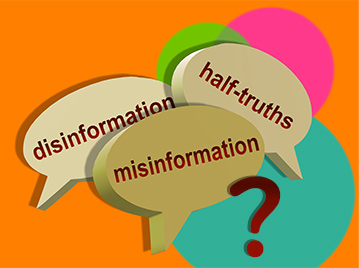
Read the full story on the Oasis Connections Website.
You’ve seen them. They ask you to copy and paste the post into your own timeline and post it from there. It may be political but more often is a news story, maybe about a sick child or someone else in trouble. Often these posts tug at your heartstrings, so the inclination is to believe them. But how do you know if they are valid? Or still valid today? Or were never valid?
A valid story will contain a date (on which it occurred) and a source (real news outlet and or reporter’s name). And a valid story will not ask you to copy, paste and repost. If you want to repost it, you can just “share” it. But it’s the lack of a date that is the first cause for concern. When did this happen? Is little Timmy still dying and desperately needs to see his long-lost father before he passes? Or, if this were ever true, did it happen 4 years ago and poor little Timmy died 3 years ago? Without a date and a source you will never know.
I have challenged people who repost these stories and the answer I get most often is, “It looked like it could be true so I copied, pasted and posted it as instructed. Maybe someone who knows Timmy’s father will get in touch with him.”
Bottom line: If you can’t verify the story, do not repost it (or forward it if it’s an email).
To read the full story or to learn about the top 4 things you should look for when determining whether its fact or fake, take a look at the full post, Real News or Fake News and Disinformation written by Harvey Schoenman and featured on the Oasis Connections website.

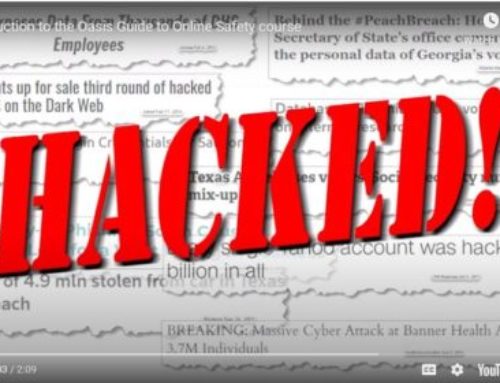
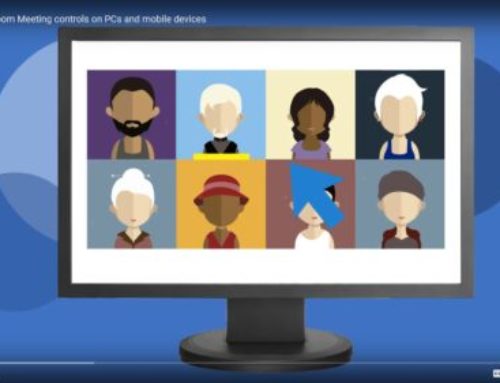
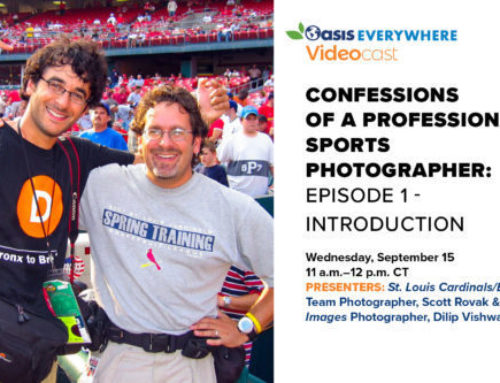
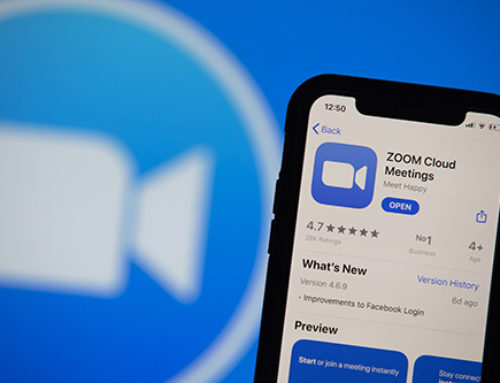
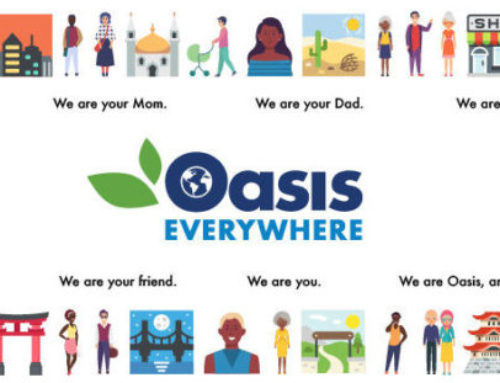
Leave A Comment
You must be logged in to post a comment.